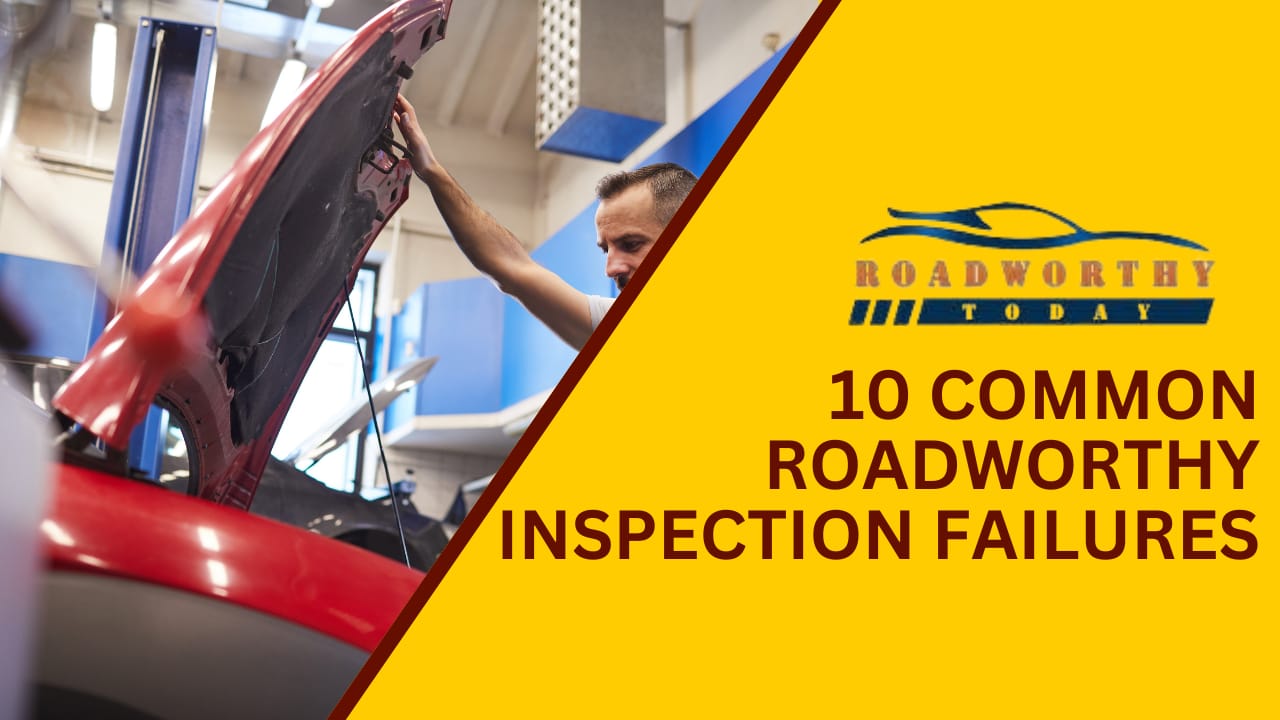
10 Common Roadworthy Inspection Failures
We all know how crucial roadworthy tests are. Legally, every car must pass the roadworthy safety inspection and receive certification for various official purposes. A vehicle must complete this inspection to meet safety regulations, which can become costly and frustrating for the owner. Every vehicle must pass the roadworthiness test and be certified. This blog post explores the most common reasons why cars fail roadworthy inspections. To learn more about typical roadworthy inspection failures, keep reading.
What's in this Blog?
| 1. Roadworthy Inspection Checklist. |
| 2. Common Reasons For Roadworthy Inspection Failures. |
| 3. Tips For Ensuring A Pass On Your Roadworthy Inspection in Queensland. |
| 4. Choosing The Right Roadworthy Service Provider. |
1. Roadworthy Inspection Checklist
Whether you are in a dilemma on Traditional Vs Mobile Roadworthy, nothing can replace an exhaustive roadworthy check-up. A comprehensive vehicle inspection involves checking various aspects to ensure roadworthiness and safety. These factors more often than not appear as the most common roadworthy inspection failures. Examine the body for dents, scratches, and rust; test lights, signals, and mirrors for proper function; inspect the interior, including the dashboard, controls, and upholstery; review under-the-hood components such as fluids, belts, hoses, and battery terminals; assess mechanical elements like brakes, suspension, and steering; evaluate tyres for wear and inflation; and inspect the exhaust system for leaks and damage. Additionally, inspect the trunk for leaks and proper equipment, and use necessary tools like a flashlight and tyre pressure gauge. Maintain records of inspections and repairs, follow a maintenance schedule, and take the car for a test drive to ensure smooth performance.
2. Common Reasons For Roadworthy Inspection Failures
Several common issues often cause vehicles to fail a roadworthy inspection. In this section, we’ll explore these problems, ensuring your vehicle remains safe and roadworthy.
Brake System:
The brake system is one of the most vital safety components of any vehicle. Issues like worn-out brake pads, leaking brake fluid, or malfunctioning brake lights can result in immediate inspection failure. To keep your brakes in top condition, perform regular maintenance by checking brake fluid levels and replacing brake pads as needed.
Tyres and Wheels:
Damaged, excessively worn, or misaligned tyres can compromise your vehicle’s stability and handling. Proper tyre pressure and regular inspections for signs of wear, such as uneven tread patterns, are essential. Additionally, having a spare tyre and the necessary tools for changing it is required to pass a roadworthy inspection.
Lights and Electrical System
Faulty headlights, brake lights, indicators, and taillights can compromise your visibility and make it difficult for other drivers to anticipate your actions. Frequently check and replace any burnt-out bulbs to ensure your lights are working properly. Additionally, a malfunctioning electrical system can lead to inspection failure, so regular checks are essential.
Suspension and Steering
Problems with the suspension and steering components can affect your vehicle’s stability and maneuverability. Worn-out shock absorbers, broken suspension springs, or loose steering components can result in inspection failures. Regularly inspect these parts and address any issues promptly.
Exhaust System
A damaged or leaking exhaust system can allow harmful emissions to enter the cabin and pollute the environment. Roadworthy inspections check for leaks and ensure the exhaust system is securely attached. Addressing exhaust system issues promptly can prevent inspection failure and contribute to cleaner air.
Windscreen and Windows
Cracks or chips in the windscreen obstructing the driver’s view can cause inspection failure. Additionally, tinted windows not complying with legal requirements can lead to a failed inspection. Regularly check your windscreen for damage and ensure your window tinting meets legal limits.
Seatbelts and Restraints
Seatbelts are crucial for passenger safety, and any signs of wear, fraying, or malfunction can lead to inspection failure. Ensure all seatbelts and restraints are in good condition and functioning correctly.
Engine and Transmission Leaks
Oozing fluids, such as oil or transmission fluid can damage your vehicle and pose risks to the environment and other road users. Often check for leaks and address any issues promptly to avoid inspection failure. This may also determine how long does it takes to get a roadworthy certificate.
Body and Structure
Structural damage to the vehicle's body can undermine its safety in an accident. Significant rust, corrosion, or body damage that affects the vehicle's integrity can result in inspection failure.
Emissions
Vehicles that emit excessive smoke or pollutants may fail emissions standards and eventually lead to failed roadworthy QLD. Regular engine maintenance, including replacing air filters and ensuring proper fuel combustion, can help reduce emissions and prevent inspection failures.
3. Tips For Ensuring A Pass On Your Roadworthy Inspection in Queensland
Here are some tips to help you avoid roadworthy inspection failures:
- Ensure you pass the Mobile Roadworthy Sunshine Coast inspection by regularly checking vital components such as brakes, lights, steering, tyres, exhaust, and emissions.
- Keep your car's paperwork organized and up-to-date.
- Maintain your car's cleanliness.
- Never ignore warning indicators on your vehicle.
- If you're concerned about failing a roadworthy safety inspection, check out our previous article on what happens if you fail.
4. Choosing the Right Roadworthy Service Provider
- Review the car's roadworthy inspection provider’s track record and past performance.
- Acquire knowledge about their services by visiting their website, calling, or visiting in person.
- Check customer reviews and ratings for their roadworthy services.
- Ask for recommendations and collect feedback on their Mobile Roadworthy Brisbane services.
- Ensure the provider adheres to all legal roadworthy regulations and satisfies your mobile roadworthy questions & answers.
Maintaining a roadworthy vehicle is essential for safety on Queensland roads. Regular maintenance and addressing common issues ensure legal compliance, enhance travel safety, and help prevent roadworthy inspection failures. Proactive upkeep reduces accidents, improves road safety, and minimizes the risk of common inspection failures. It also helps preserve your vehicle's value and ensures smooth operation, avoiding unexpected breakdowns. Consistent attention to vehicle health supports a safer driving experience for you and others on the road and helps you avoid common roadworthy inspection failures.
Recent Posts
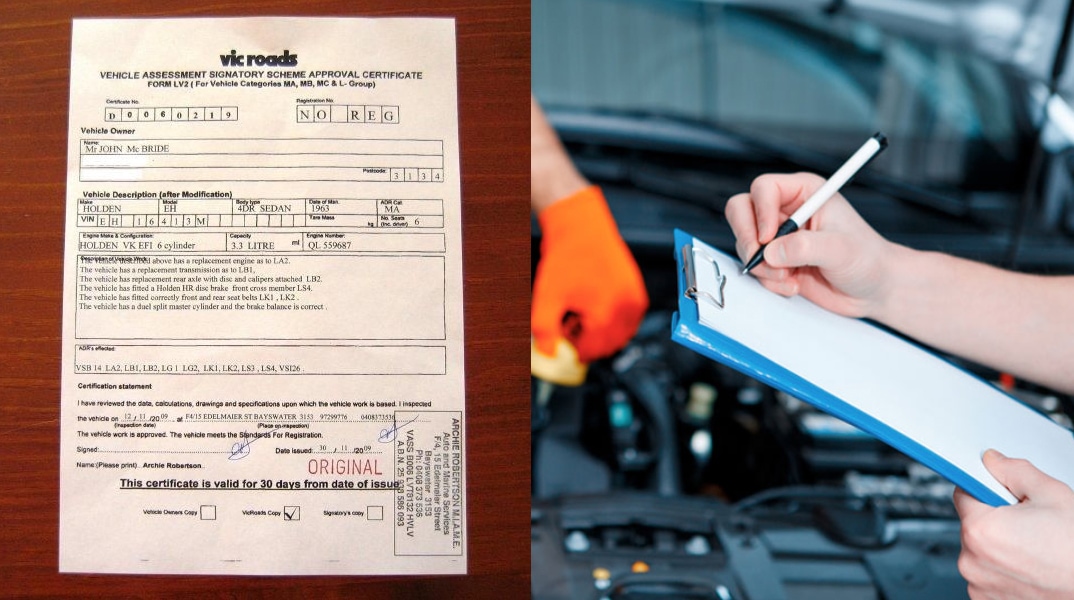
How Long Does It Take To Get A Roadworthy Certificates?
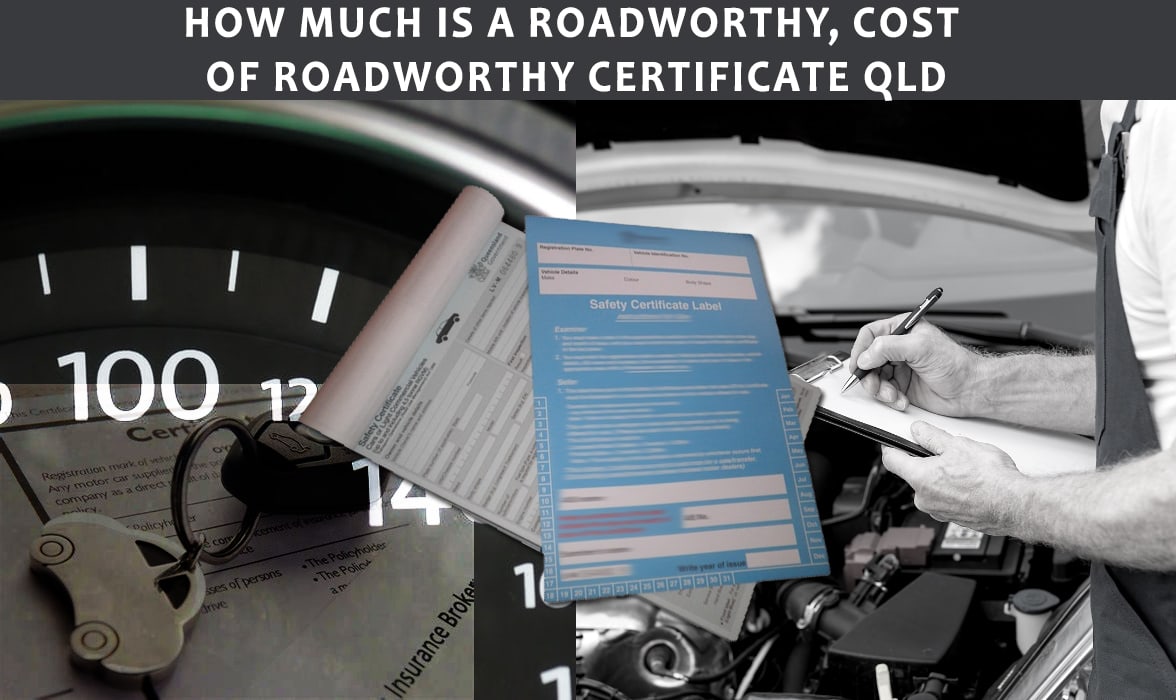
Let’s Talk About How Much Is A Roadworthy Certificate Worth
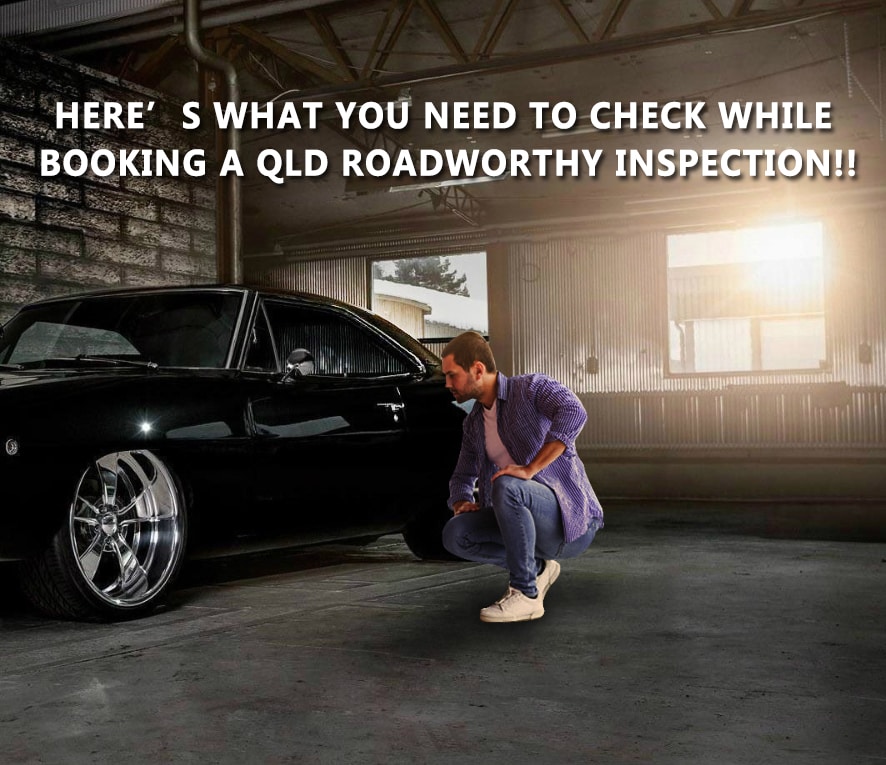
Here’s What You Need To Check While Booking A Qld Roadworthy Inspection!!
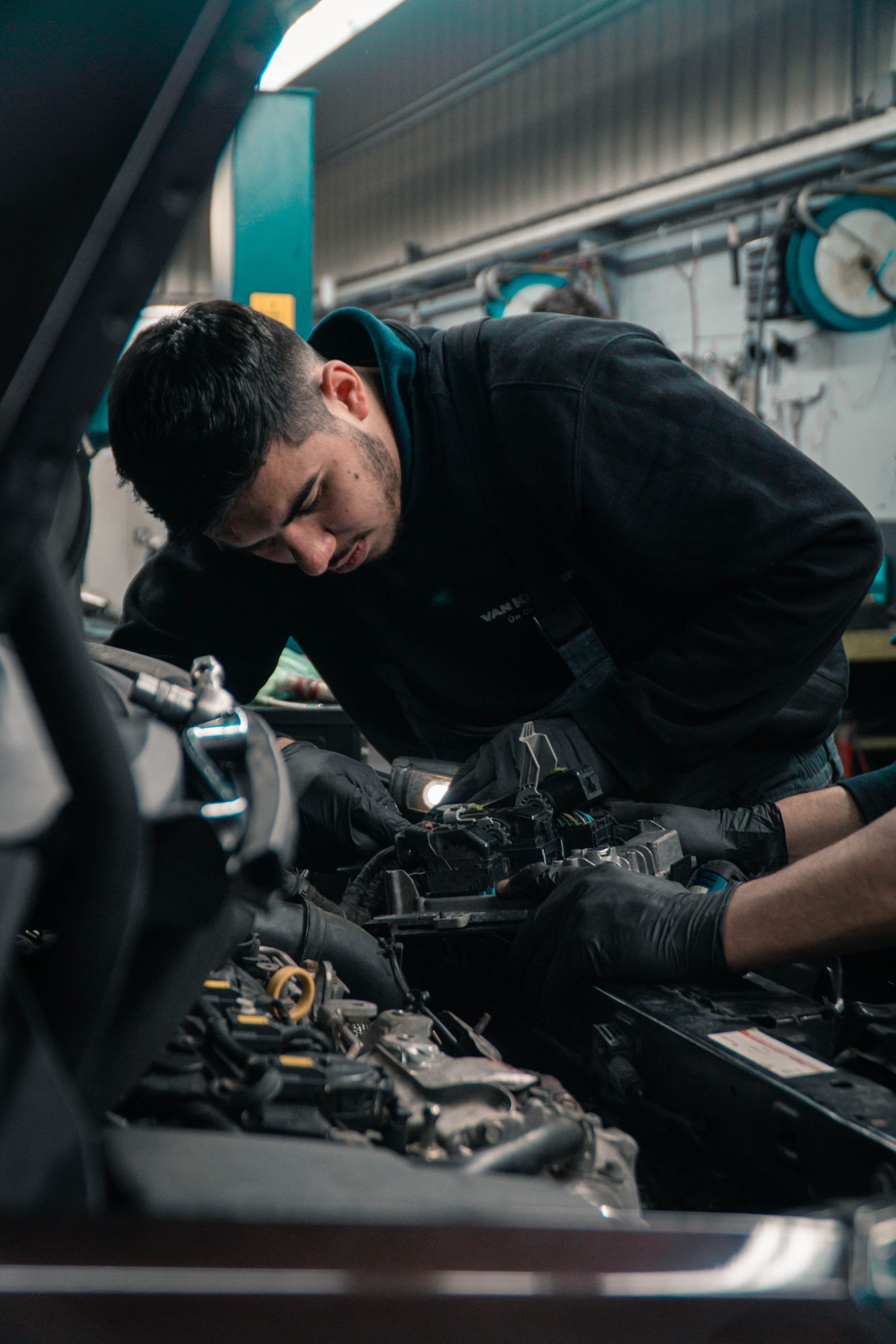
Traditional Vs. Mobile Roadworthy: Know About The Benefits Of Us Coming To You

A Comprehensive Guide to Mobile Roadworthy Questions and Answers
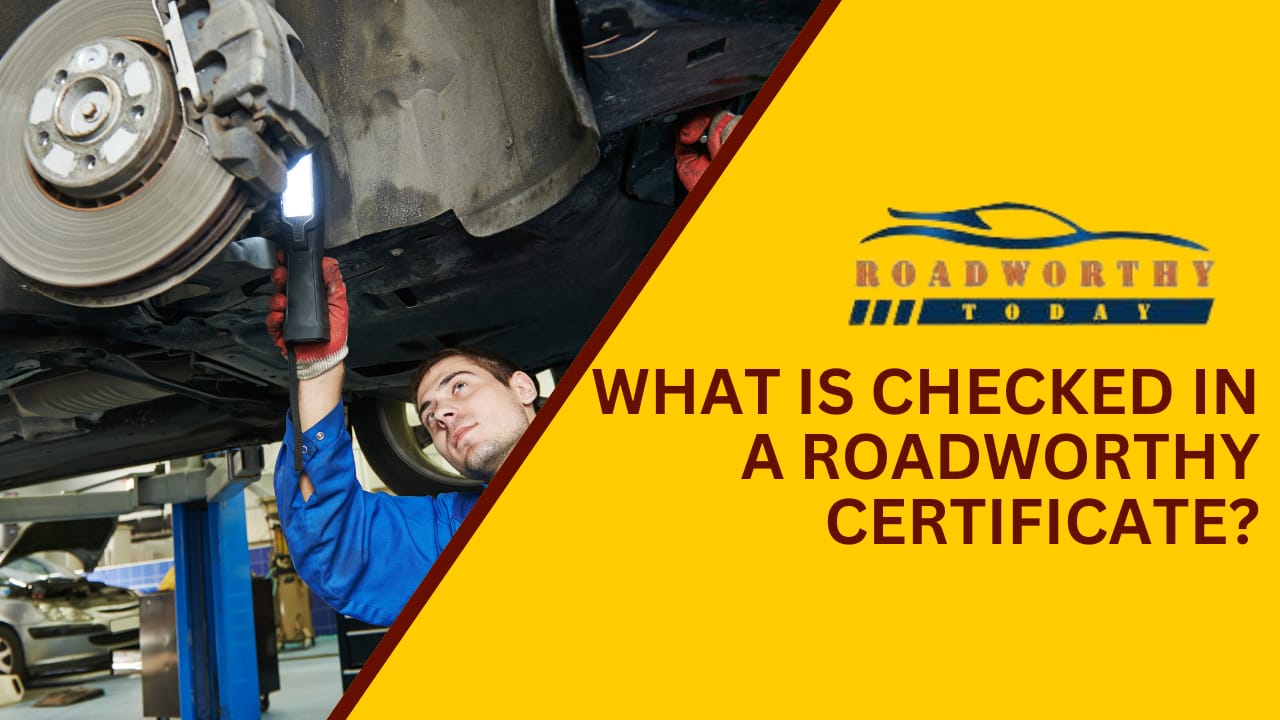
What is Checked in a Roadworthy Certificate QLD?

10 Common Roadworthy Inspection Failures

The Importance of Mobile Roadworthy Certificates on the Sunshine Coast

How to Prepare Your Car for a Mobile Roadworthy Inspection?

What is Car Roadworthy Certificate and How to Get One?
